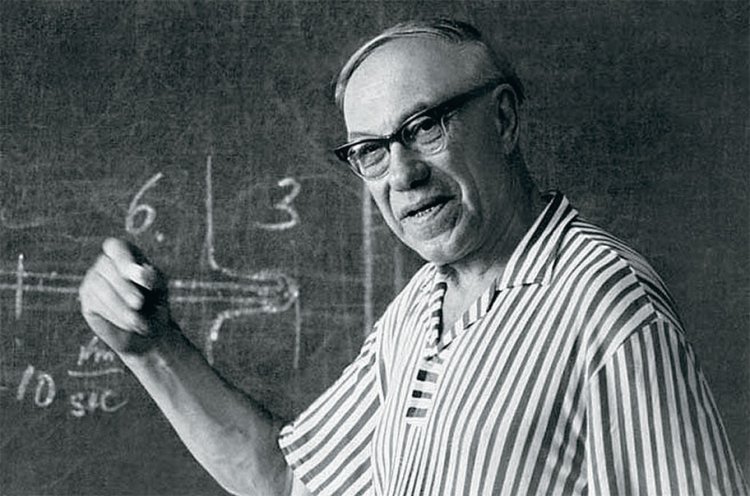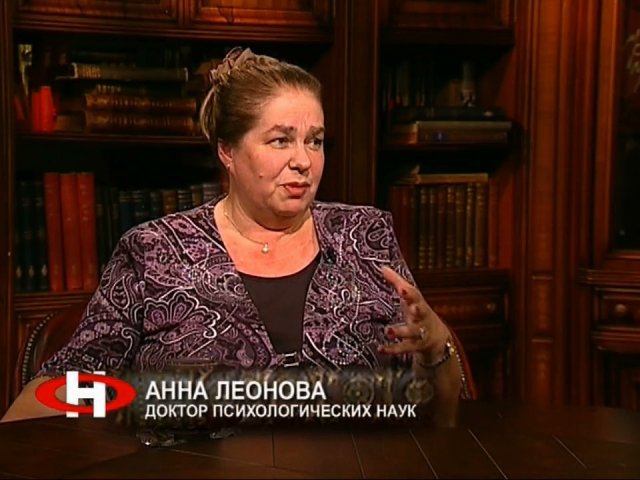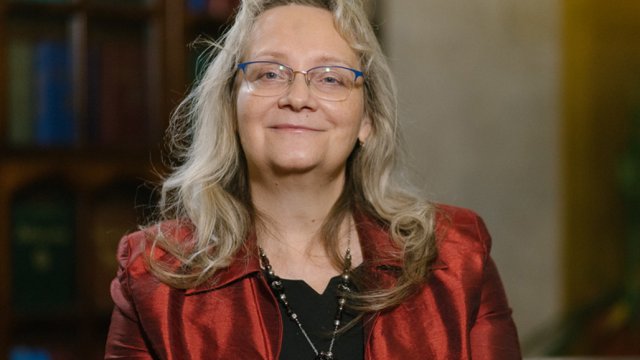Official:
Mikhail Alekseevich Lavrentyev. November 6 (19), 1900 – October 15, 1980. Soviet mathematician and mechanic, founder of the Siberian Branch of the USSR Academy of Sciences and Novosibirsk Akademgorodok, academician of the USSR Academy of Sciences and Vice-President of the USSR Academy of Sciences. Hero of Socialist Labor, winner of the Lenin and Stalin Prizes.
Life and Work:
1. The title of Mikhail Lavrentyev’s memoirs echoes Lomonosov’s words – Will Grow due to Siberia. And this is reasonable: Siberia became the main work of his life. Academician Lavrentyev, together with Academicians Sobolev and Khristianovich, put forward the idea of creating a major scientific center in the east of the country.
2. Academician Lavrentyev organized and headed the Siberian branch of the Academy of Sciences, founded Akademgorodok in Novosibirsk. More than twenty scientific institutes, thousands of scientific discoveries – much has been added to Russia due to Mikhail Lavrentyev.
3. Every year, on November 19, Mikhail’s Day is celebrated in Akademgorodok. It is noteworthy that Mikhail Lomonosov was born on the same day as Mikhail Lavrentyev.
4. Lavrentyev was a second-generation mathematician. His father, Alexey Lavrentyevich Lavrentyev, taught all his life – he was a professor at Kazan University and later at Moscow University.
5. The future academician went to school in Germany, in the famous Göttingen, where his father was an intern at that time. In Kazan, where his family soon returned, Mikhail graduated from a commercial school.
6. His scientific interests were determined by an occurrence that miraculously did not turn into an accident. The academician’s son, Academician Mikhail Mikhailovich Lavrentyev, recalled that in the fifth or sixth grade, his future father got interested in chemistry. Once, when his parents were not at home, he decided to conduct an experiment, but something went wrong. When the parents returned, they found a disfigured table and black soot on the ceiling. “His parents categorically forbade him to practice chemistry. Then Mikhail Alekseevich took up mathematics.”
7. Lavrentyev entered Kazan University, but graduated from Moscow State University. The capable graduate was of the Physics and Mathematics Department was appreciated highly and he proceeded to the graduate school. In 1927, Mikhail Alekseevich defended his thesis, and the newly minted candidate of physical sciences was sent to France to improve his scientific level.
8. Lavrentyev was still a student when he started teaching at the Moscow Higher Technical School. After returning from the internship, he had to combine teaching at the Technical School with being an associate professor at Moscow State University.
9. In 1929, the twenty-nine-year-old mathematician was invited to head a chair at the Moscow Institute of Chemical Technology and was awarded the title of professor. At the same time, the major Russian scientist Sergey Chaplygin invited Lavrentyev to work at the Central Aerohydrodynamic Institute, that is, TsAGI.
10. Since 1931, Lavrentyev’s life was again connected with his alma mater. The MSU professor did not defend any doctoral dissertations: Mikhail Alekseevich became both a doctor of technical sciences and a doctor of physical and mathematical sciences through his scientific achievements.
11. For many years, Lavrentyev worked in Kyiv – at the Academy of Sciences of the Ukrainian SSR. Being the director of the Institute of Mathematics of the Academy of Sciences of the Ukrainian SSR and professor of the Department of Physics and Mathematics at the Kyiv State University, he invested a lot of effort in restoring the scientific work of the institutes after the war.
12. The outstanding mathematician Mikhail Lavrentyev took part in establishing the Moscow Institute of Physics and Technology. Director of the Institute of Precision Mechanics and Computer Engineering Lavrentyev was at the origin of the development of first Soviet computers.
13. “The success of the work strongly depends on… solving very complex theoretical and experimental problems of hydrodynamics and gas dynamics... To supervise these studies in KB-11, a major hydromechanic is required. A suitable candidate... is Academician M. A. Lavrentyev, a major specialist in hydro- and gas dynamics, an outstanding mathematician, well-versed in modern computer technology, the founder of the theory of cumulative projectiles and a recognized specialist in using explosives.” The request set out in the letter written by Director of KB-11 Anatoly Aleksandrov and Scientific Director Yuliy Khariton was granted, and Lavrentiev was appointed deputy scientific director of KB-11, that is, the nuclear center in Arzamas-16.
14. The world-renowned scientist Lavrentyev is one of the leading experts in the theory of functions of complex variable, variational analysis, and mathematical physics. The vice-president of the International Mathematical Union its the author of fundamental results in the set theory, the theory of conformal and quasi-conformal mappings, and the theory of differential equations. Academician Lavrentyev initiated the theory of nonlinear classes of quasi-conformal mappings.
15. Encyclopedias mention Lavrentyev’s major results in the wing theory, long wave theory, and jet theory. The academician’s work on studying cumulation processes gave birth to such applied areas as the theory of directional explosion, explosion welding, and high-speed impact. Lavrentyev is now considered the founder of the Soviet school for using explosions for peaceful purposes.
16. In 1955, Mikhail Lavrentyev signed the famous Letter of Three Hundred criticizing Lysenko and Lysenkoism.
17. At the very beginning of Akademgorodok construction, Lavrentyev settled with his family literally on the construction site to monitor and adjust the work process.
18. According to Charles de Gaulle, who visited Akademgorodok, Lavrentyev did for Russia the same thing that Peter I did. The French president meant that the academician had cut a window to the East.
19. Lavrentyev urged: “No matter how difficult it is for a scientist, his duty is not only to tell the truth, but also to achieve the implementation of his recommendations.” He followed his own call: in the early 60s he and his colleagues managed to prevent the construction of the Nizhne-Obskaya hydroelectric power station, which would a disaster for the Siberian environment. Moreover, the hydroelectric power plant would flood huge areas rich in oil and gas. To a large extent, Mikhail Alekseevich’s efforts mitigated the damage from building a pulp and paper mill on Lake Baikal as much as possible – the mill was equipped with the most effective treatment facilities at the time.
20. Among the objects that keep the memory of the remarkable scientist, there are mountain peaks in the Pamirs and Altai.






















